Tswana Traditional Dresses: Unveiling the Secrets of Traditional Craftsmanship
Tswana Traditional Dresses: Unveiling the Secrets of Traditional Craftsmanship

Introduction
Tswana traditional dresses are not just garments; they are a symbol of cultural heritage and pride. These dresses have been worn by the Tswana people of Southern Africa for generations, and they hold deep significance in their society. The craftsmanship that goes into creating these dresses is a testament to the skill and artistry of the Tswana people.
The Significance of Tswana Traditional Dresses
Tswana traditional dresses are more than just clothing. They represent the identity, history, and values of the Tswana people. These dresses are often adorned with intricate beadwork, embroidery, and patterns that tell stories and convey messages. They are worn during special occasions such as weddings, initiation ceremonies, and cultural festivals, where they serve as a visual representation of the rich Tswana culture.
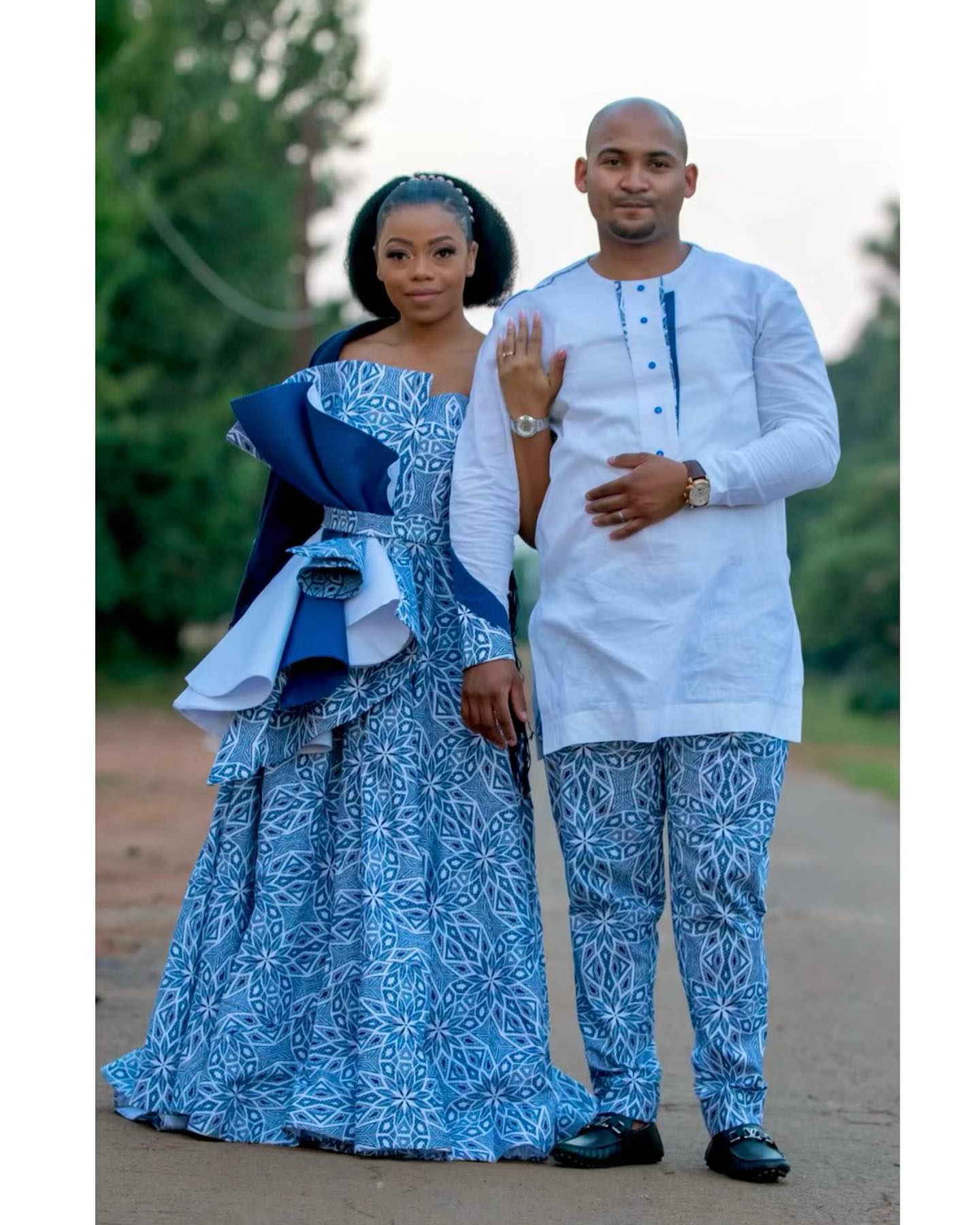

Preservation and Evolution of Traditional Craftsmanship
The craftsmanship involved in creating Tswana traditional dresses has been passed down through generations. It is a skill that requires patience, precision, and attention to detail. Today, there is a growing movement to preserve and promote this traditional craftsmanship. Many artisans are combining traditional techniques with modern designs to create contemporary Tswana dresses that appeal to a wider audience while still honoring the cultural roots.
By preserving and evolving traditional craftsmanship, the Tswana people ensure that their cultural heritage remains alive and relevant in today’s world. These dresses not only celebrate their past but also serve as a source of inspiration for future generations to embrace their roots and continue the legacy of Tswana craftsmanship.
In conclusion, Tswana traditional dresses hold immense significance in Tswana culture. They are a testament to the craftsmanship and artistry of the Tswana people, representing their identity and history. By preserving and evolving this traditional craftsmanship, the Tswana people ensure that their cultural heritage remains vibrant and cherished for years to come.


Traditional Tswana Dress Styles
Overview of Traditional Tswana Dress Styles
Tswana traditional dresses are a vibrant and significant part of Botswana’s cultural heritage. These dresses showcase the rich history and craftsmanship of the Tswana people. They are known for their bold colors, intricate patterns, and unique designs. The dresses are typically made from colorful fabrics such as shweshwe or wax prints, and they feature various styles like the peplum dress, wrap dress, or the traditional skirt and blouse ensemble. These dresses are not only worn for special occasions but also serve as a way to express cultural identity and pride.
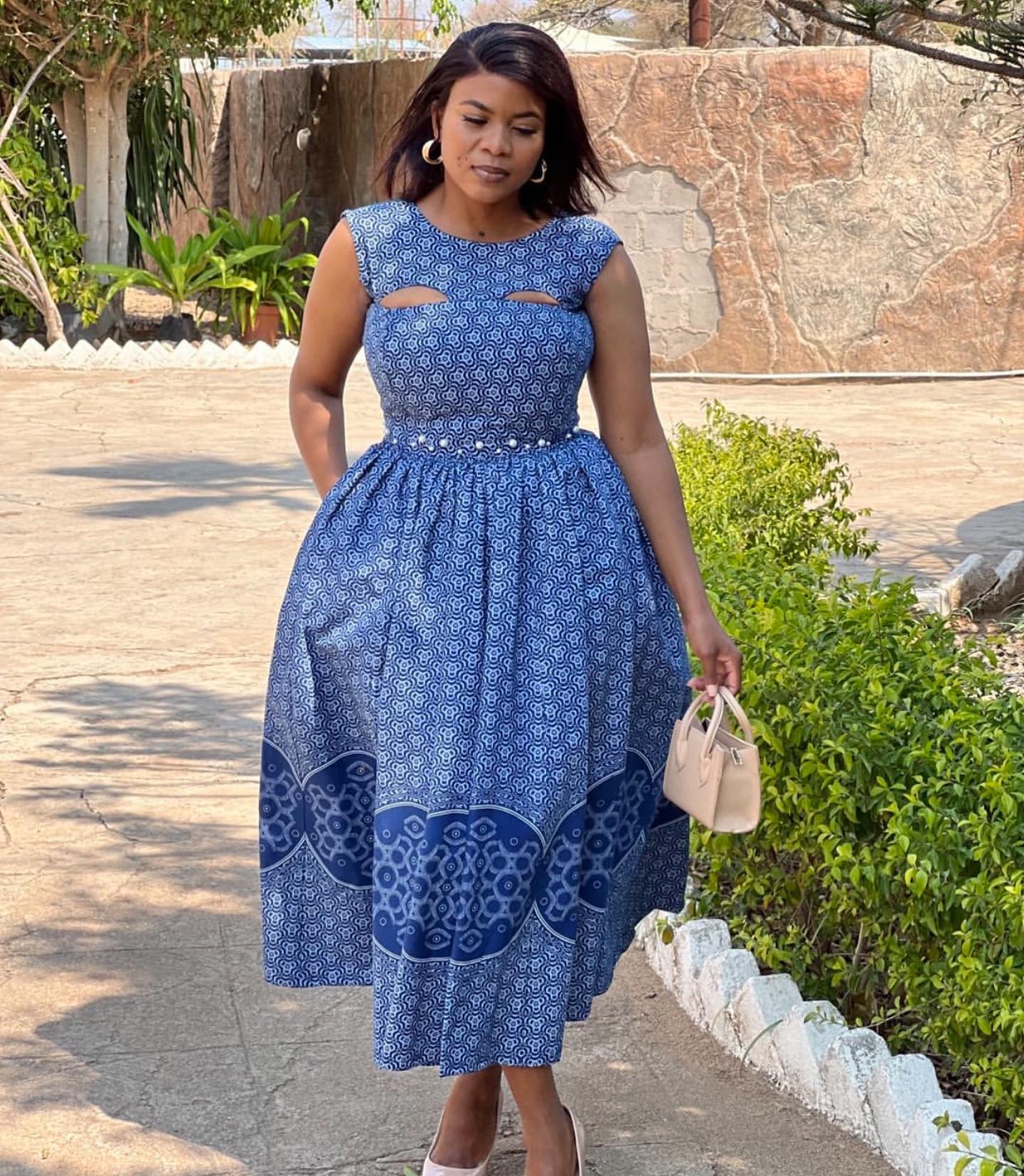

The Meaning and Symbolism Behind Tswana Dress Patterns
Every pattern on a Tswana dress holds a special meaning and symbolism. The patterns often depict elements from nature, such as animals, plants, or geometric shapes. These symbols represent different aspects of Tswana culture, including spirituality, fertility, protection, or social status. For example, a dress with a leopard print may symbolize strength and power, while a dress with a floral pattern may represent beauty and femininity. The intricate beadwork and embroidery on the dresses also add to their symbolic significance. Each dress tells a story and carries the traditions of the Tswana people through generations.
Overall, Tswana traditional dresses are not just garments; they are cultural artifacts that celebrate the heritage and craftsmanship of the Tswana people. They serve as a visual representation of their identity and values, making them an integral part of Botswana’s cultural landscape.


Materials Used in Tswana Traditional Dresses
Tswana traditional dresses are a beautiful representation of the rich cultural heritage of the Tswana people. These dresses are meticulously crafted using traditional materials and techniques that have been passed down through generations.
Traditional Fabrics Used in Tswana Dresses
The fabrics used in Tswana traditional dresses are carefully chosen for their quality and significance. One of the most commonly used fabrics is shweshwe, a printed cotton fabric with intricate geometric patterns. Shweshwe is known for its vibrant colors and durability, making it perfect for creating stunning dresses that can withstand the test of time.
Other fabrics used include Venda and Xhosa fabrics, which feature bold and colorful designs that reflect the cultural heritage of these communities.
Traditional Dyeing Techniques and Colors
The dyeing techniques used in Tswana traditional dresses are often natural and eco-friendly. One popular technique is tie-dyeing, where fabric is folded, twisted, or tied before being dyed to create unique patterns. Natural dyes sourced from plants, such as indigo and madder, are commonly used to achieve vibrant colors that symbolize different meanings in Tswana culture.
Colors play an important role in Tswana traditional dresses. Each color has its own significance, representing aspects such as love, fertility, or spirituality. Vibrant shades like red, blue, and yellow are commonly seen in Tswana dresses, adding a burst of color and symbolism to these exquisite garments.
In conclusion, Tswana traditional dresses are a testament to the craftsmanship and cultural heritage of the Tswana people. The careful selection of fabrics and the use of traditional dyeing techniques and colors result in stunning dresses that celebrate the beauty and traditions of this vibrant community.


Tswana Traditional Dress Accessories
When it comes to Tswana traditional dresses, the craftsmanship and attention to detail are truly remarkable. The traditional attire of the Tswana people is not complete without the beautiful accessories that accompany it. These accessories play a significant role in showcasing the rich cultural heritage of the Tswana people.
Traditional Jewelry and Adornments for Tswana Dresses
The Tswana people are known for their exquisite jewelry and adornments that complement their traditional dresses. These accessories are often made from materials such as beads, shells, and metals like copper and brass. They are meticulously crafted by skilled artisans who have inherited the art of jewelry-making from their ancestors. From necklaces and bracelets to earrings and anklets, each piece tells a story and adds a touch of elegance to the overall attire.
Handcrafted Accessories and Their Importance in Tswana Culture
Handcrafted accessories hold great importance in Tswana culture. They are not only a form of self-expression but also serve as symbols of status, wealth, and identity. These accessories are often passed down through generations, carrying with them the traditions and values of the Tswana people. The craftsmanship involved in creating these accessories is highly regarded, and the artisans who create them are respected members of the community.
In conclusion, the traditional dress accessories of the Tswana people are a testament to their rich cultural heritage. They not only enhance the beauty of the traditional attire but also serve as a reminder of the values and traditions that have been passed down through generations.
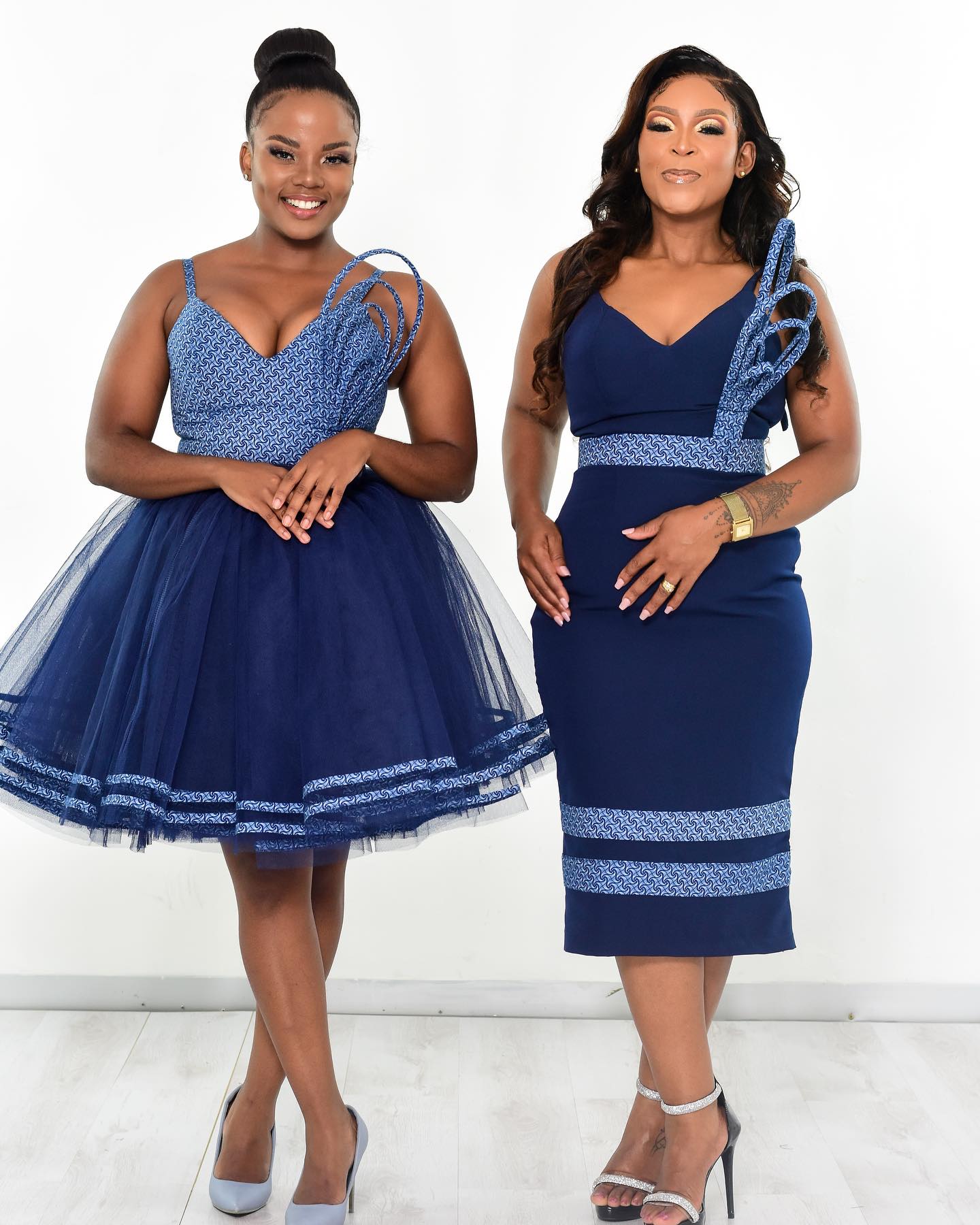

Tswana Traditional Dress Design Techniques
Sewing and Tailoring Techniques for Tswana Dresses
The art of sewing and tailoring is an essential aspect of Tswana traditional dress design. Skilled artisans use various techniques to create stunning garments that reflect the rich cultural heritage of the Tswana people. From measuring and cutting the fabric to stitching and finishing touches, every step is meticulously executed to ensure a perfect fit and exquisite craftsmanship. These techniques have been passed down through generations, preserving the authenticity and beauty of Tswana traditional dresses.
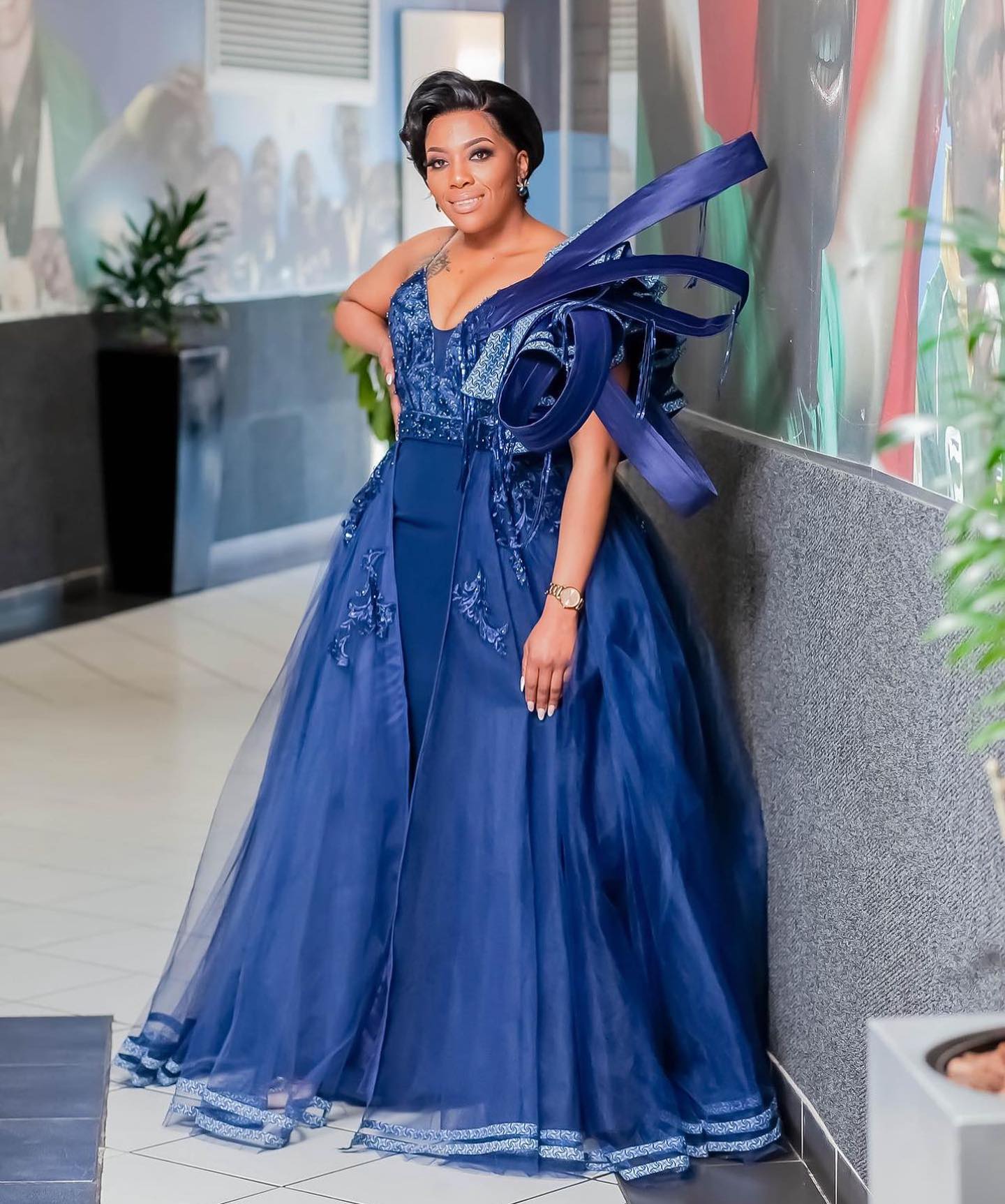

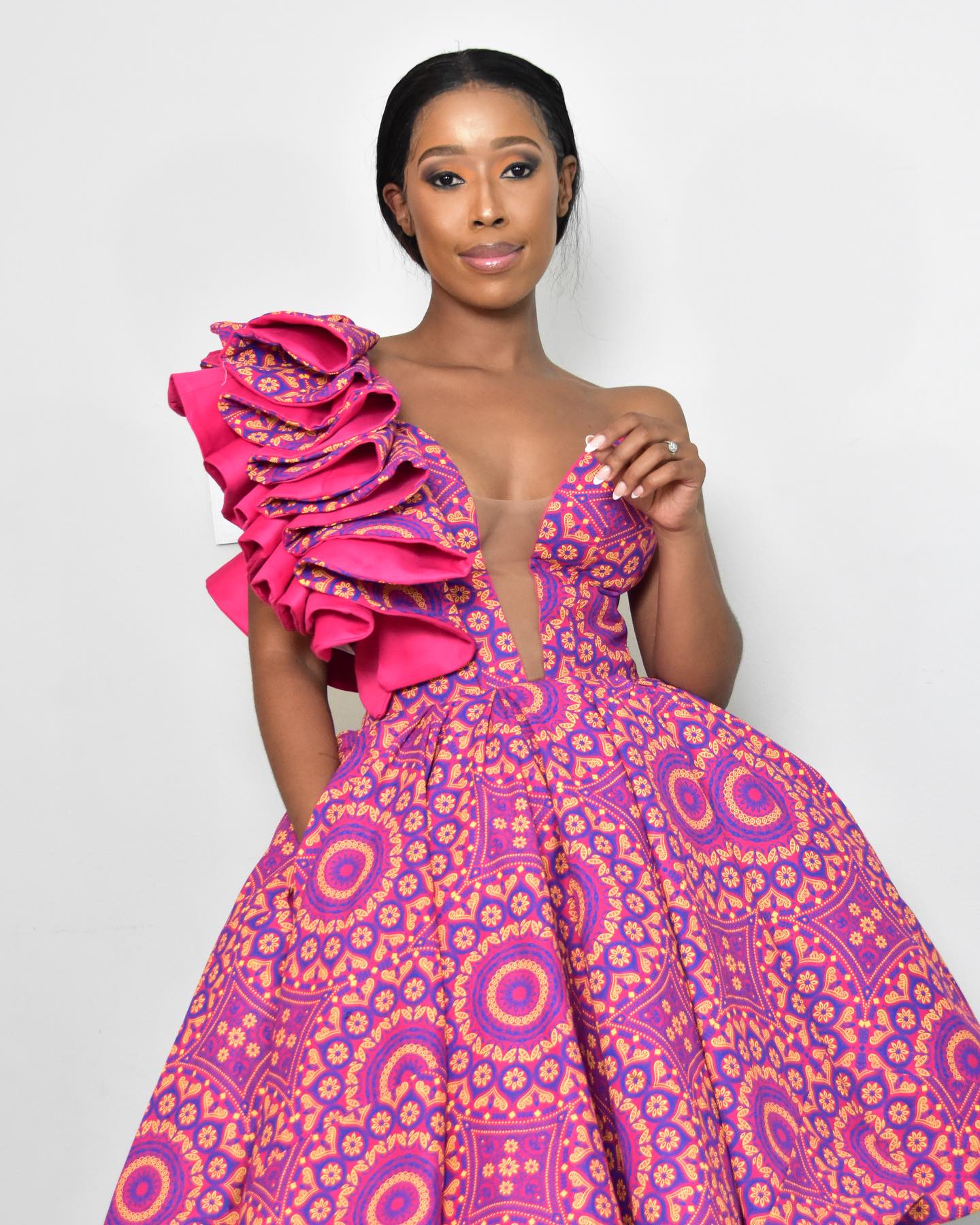
Traditional Embroidery and Beading Techniques
Embroidery and beading are integral to the intricate designs found in Tswana traditional dresses. Skilled artisans use needlework to create stunning patterns, motifs, and embellishments that add a touch of elegance and uniqueness to each garment. Traditional embroidery techniques such as cross-stitch, chain stitch, and satin stitch are employed to create intricate details. Beading is also a popular technique, with artisans using colorful beads to create beautiful patterns that reflect the cultural significance of Tswana traditions.
The combination of these sewing, tailoring, embroidery, and beading techniques showcases the mastery of Tswana traditional dress craftsmanship. Each garment tells a story and represents the cultural heritage of the Tswana people, making them not just clothing but works of art that celebrate tradition and creativity.











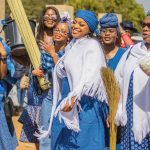








Comments are closed.